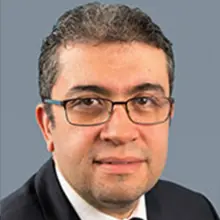Summary
ABSTRACT
Bond portfolio optimization is very different from equity portfolio optimization. Indeed, while continuous optimization is efficient when managing a portfolio of stocks, it is not always well-adapted to building a bond portfolio because the transformation of portfolio weights into numbers of shares may lead to significant rounding errors. Indeed, bond investors are often restricted to purchasing bonds in multiples of a minimum transaction unit, which can be expressed as a minimum number of bonds or a minimum amount of dollars. This is why discrete optimization has generally replaced continuous optimization when the investment universe concerns fixed-income securities, especially when we consider the business of passive management, such as bond index funds, exchange-traded funds, and dedicated fixed-income funds. Generally, bond portfolio optimization consists in tracking a benchmark index or a current portfolio with investment constraints, which mainly concern the transaction costs, the liquidity axes and more recently ESG and carbon risk restrictions.
Solving such problems requires using integer programming and combinatorial optimization algorithms. This article focuses on genetic algorithms that have proven to be efficient for large-scale optimization problems. We show how to implement them in the context of bond index tracking, where the goal is to match several tracking risk metrics of a bond portfolio facing subscriptions or redemptions under multiple practical constraints such as minimum tradable amounts, secondary market lot sizes, liquidity axes, and market-making constraints. We also present simulations of a real portfolio with several definitions of genetic operators and determine the best simulation according to matching and transaction cost criteria. Our experience shows that genetic algorithms are an industrial solution for passive bond management even though the entry cost to be familiar with these algorithms is high. The stability and convergence of investment solutions require thousands of tests before proposing an automation to fund managers.

